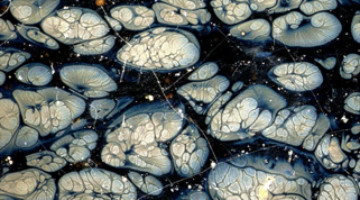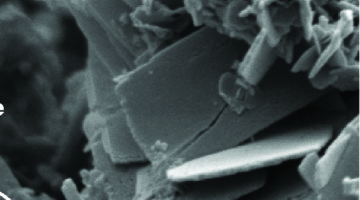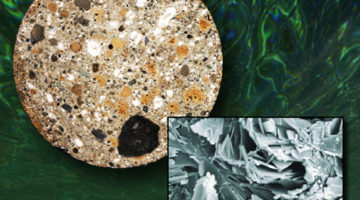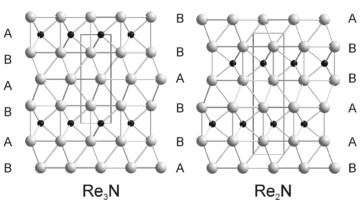Ancient terra sigillata ceramics were the most famous and ubiquitous Roman tableware, yet when their manufacturing spread to other locations, some of the ceramics’ characteristics changed. Researchers from France and the ALS traced the changes.
Read more »
Rare Iron Oxide in Ancient Chinese Pottery
New analysis of ancient Jian ware reveals that the distinctive pottery contains an unexpected and highly unusual form of iron oxide. This rare compound was only recently discovered and characterized by scientists and so far has been extremely difficult to create with modern techniques.
Read more »
Concrete Industry Benefits from Ancient Romans and the ALS
New insights into the ancient Romans’ ingenious concrete harbor structures emerging from ALS beamline research could move the modern concrete industry toward its goal of a reduced carbon footprint.
Learning from Roman Seawater Concrete
Analyses of ancient concrete samples pinpointed why the best Roman concrete was superior to most modern concrete in durability, why its manufacture was less environmentally damaging, and how these improvements could be adopted in the modern world. Read more »![]()
![]()
Two Novel Ultra-Incompressible Materials
Materials that are mechanically, thermally, and chemically stable at extreme conditions are valuable for aerospace engineering and fission/fusion research. Researchers have synthesized and characterized two such materials: Re2N and Re3N are both extremely incompressible. Read more »![]()
![]()
Mechanical Behavior of Indium Nanostructures
Indium is a key material in lead-free solder applications for microelectronics due to its excellent wetting properties, extended ductility, and high electrical conductivity. Researchers have investigated the small-scale mechanics of indium nanostructures. Read more »![]()
![]()
- « Previous Page
- 1
- …
- 3
- 4
- 5





